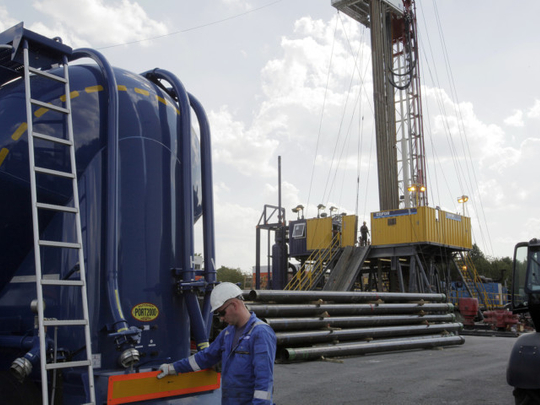
The darkness is coming. On March 20, twilight will fall across much of Europe as the moon sweeps across the face of the sun. For those gazing into cloudless skies directly beneath this total solar eclipse, day will turn briefly into night and the magnificent, spiked halo around the sun will become momentarily visible.
The celestial alignment threatens to cast another shadow. Energy companies warned this week that the sudden drop in solar radiation could wreak havoc with Europe’s energy supplies.
The continent derives a 10th of its total power from sunlight, compared to about 0.1 per cent at the time of the 1999 eclipse.
The cosmic interruption could result in a vertiginous drop in power generation, followed by a steep rise as the sun emerges again. That fluctuation, in the space of half an hour, will place an unprecedented strain on the grid. Power chiefs will be on standby for this test of Europe’s remodelled energy landscape, studded with photovoltaic panels.
It is an unnecessarily gloomy prediction. It is true that parts of Europe, Asia and Africa will darken on that Friday morning as the moon bites into the solar disc — but for the majority of observers it will be a partial eclipse, with some sunlight still reaching land. Light levels will drop, but no more dramatically than the decline during cloud cover or sunset. Only a minority will enjoy a total eclipse, when the solar disc is completely obscured and full darkness descends.
Much of the shadow will fall over sea rather than land. An armada of passenger ships will sail to north Atlantic waters for the appointed hour. Land-based eclipse-chasers are heading for the Faroe Islands; totality will last for about two minutes on the Danish outpost. The Svalbard Islands, a Norwegian archipelago between the mainland and the North Pole, will also enjoy totality.
The power warnings are overblown. Most likely, this is an attempt to hitch the rather dull organisation that oversees Europe’s energy grid to the romance of an eclipse. The ability to handle variability is an integral part of any electricity network involving renewables — we already know the sun does not always shine. The moment should pass without incident; at worst, there might be a shortlived challenge to the kettles of Europe. Although, actually, are observers really likely to head inside for a restorative cup of tea when it is all over? An eclipse can be an unforgettable, discombobulating, primeval experience testifying to the unstoppable machinations of the cosmos.
Opportunities for historic experiments
When darkness falls in the middle of the day, it feels as if the world is about to end. My memories of a perfect eclipse in Turkey in 2006 include: the shivering (it got cold as well as dark); the silence as the birds stopped singing; the filaments of coronal light streaking across an inky sky; and a stirring of the terror that must have gripped the ancient Chinese and Babylonian astronomers who first recorded such spectacles. When all that is over, it should be toasted with bubbly, not a builder’s brew.
Total solar eclipses have also been the settings for historic experiments. Most famously, British astronomer Arthur Eddington travelled to the island of Principe, in the Gulf of Guinea, to witness the total solar eclipse of 1919 — and to test Albert Einstein’s general theory of relativity. The theory predicted, controversially, that the sun’s gravitational field could bend starlight. Eddington found exactly that: stars that should have been invisible behind the solar disc could be photographed during the eclipse. Just as water flows round a pebble, light could indeed bend around massive objects.
The finding propelled both Eddington and Einstein to worldwide fame. Alas, history does not record what either drank to celebrate.
— Financial Times









